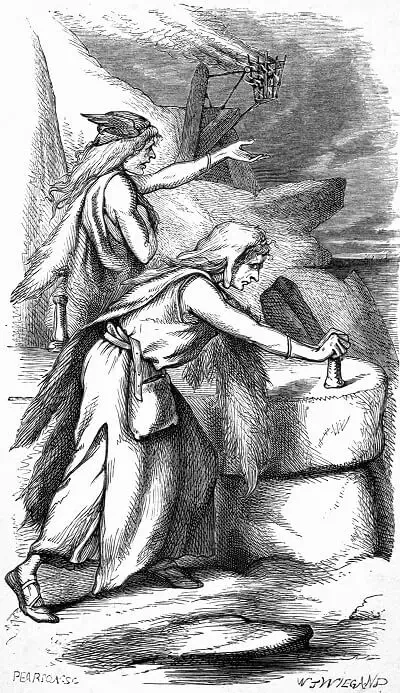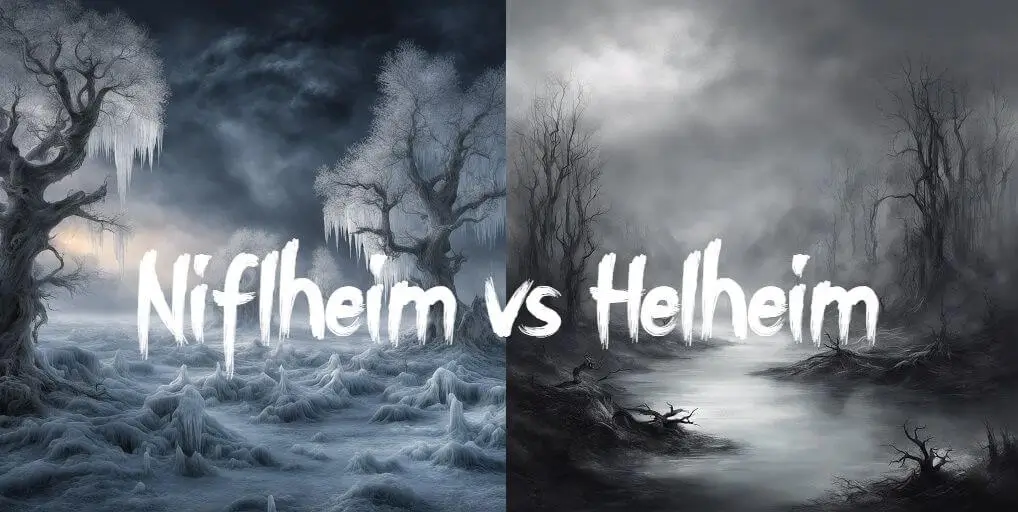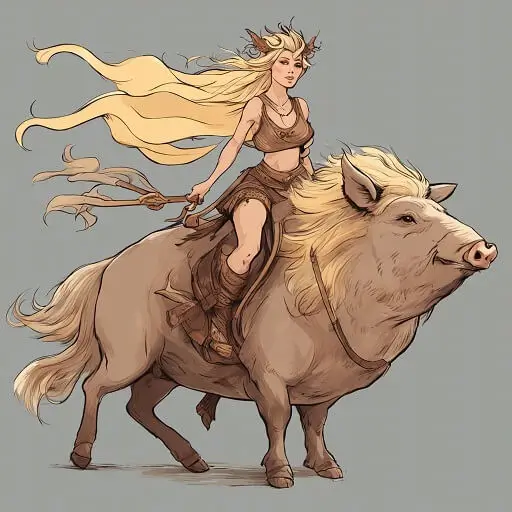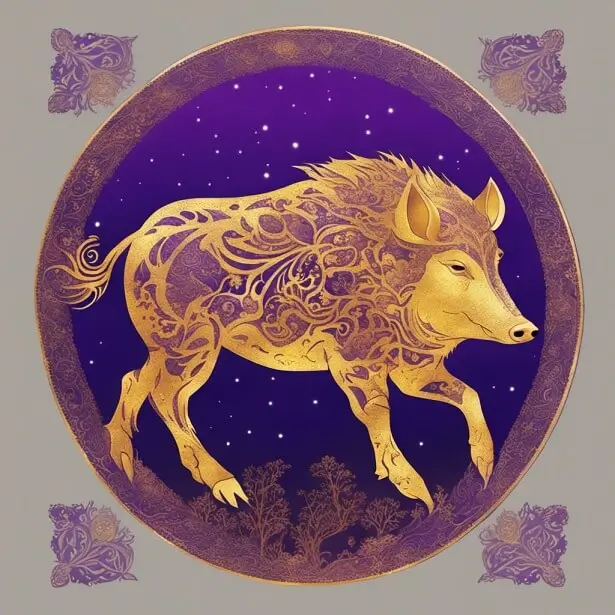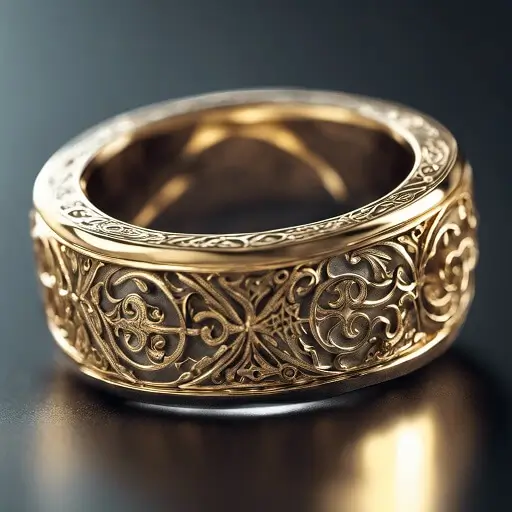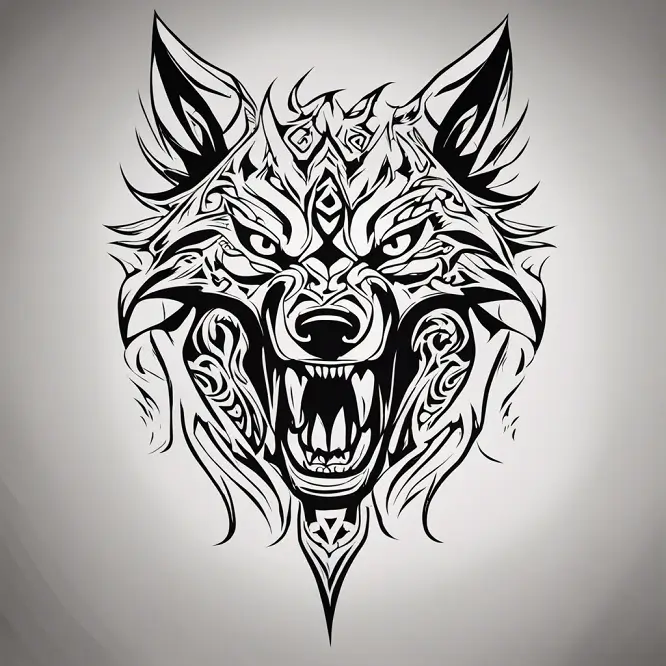In Norse mythology, few goddesses personify longing and pulchritude quite like Hnoss. As the radiant daughter of Freyja and Óðr, Hnoss (meaning “treasure” or “jewel”) earns her lustrous name through unrivaled beauty. But who exactly is this cherished goddess who epitomizes human yearning?
Let’s explore the origins, attributes, symbolic importance, and textual references to Hnoss in Norse Mythology.
The Origins of Hnoss in Norse Mythology
Most information about Hnoss stems from the 13th century Prose Edda compiled by Icelandic scholar Snorri Sturluson. In the book Gylfaginning (chapter 35) Hnoss appears as the luminous daughter of Freyja and her elusive husband, Óðr:
“Freyja is most gently born (together with Frigg): she is wedded to the man named Ódr. Their daughter is Hnoss: she is so fair, that those things which are fair and precious are called hnossir [treasures].”
As goddess of love, fertility, war, and death, Freyja wept tears of gilded gold over her absent husband Óðr. Given this lineage and renowned pulchritude, Hnoss embodied concepts of desire, infatuation, and mortal cravings.
In the Prose Edda, Snorri Sturluson states that hnossir (Old Norse ‘treasures’) were named after Hnoss, for she represented the most cherished and valued objects.
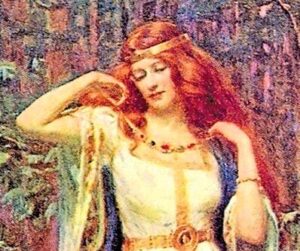
Freyja
The Sought-After Appearance of Hnoss
As Freyja’s daughter, Hnoss inherited her mother’s fabled beauty. In Skáldskaparmál, Hnoss is described as Freyja’s “glorious child,” alluding to her luminous, glistening appearance. Her radiance is likened to “eyelash-rain” or tears of gold that streamed down Freyja’s fair cheeks.
Hnoss possibly had a twin sister named Gersemi, meaning “treasure.” However, some scholars propose they were two names for the same goddess of allure and desire.
True to her name, Hnoss personified all things precious and beautiful. She governed:
- Gems, jewels, gold, and earthly treasures
- Love, lust, attraction, infatuation, and longing
- Feminine charisma, charm, and physical beauty
- Vanity and cherished possessions
- Self-worth, value, and human esteem
As the embodiment of mortal cravings, Hnoss likely amplified desire and promoted indulgence in earthly pleasures. Her unparalleled beauty made her a treasure eternally sought after by admirers.
Attestations to Hnoss in Old Norse Literature
While seldom referenced directly, Hnoss appears in several prominent Old Norse texts:
- The Poetic Edda poem Grímnismál indicates her abode was Folkvangr, the “field of the people” ruled by Freyja.
- In the Ynglinga saga, Hnoss and Gersemi are referenced as the radiant daughters of Freyja.
- The skald Einarr Skúlason refers to Hnoss in his poem as Freyja’s “glorious child” and Freyr’s beautiful niece.
- In Skáldskaparmál, a þulur (list of poetic synonyms) mentions Hnoss as Freyja’s luminous daughter.
The Significance of Hnoss in Norse Mythology
While seldom referenced explicitly, Hnoss’ symbolic role was significant in Norse culture. As the personification of mortal cravings and allure, Hnoss represented the magnetic attraction between humans. Her character affirmed the importance of female mystique and physical beauty in the Norse ethos.
Overall, Hnoss encapsulated the capricious nature of charm and the transient beauty of youth. She embodied the irresistible pull of earthly pleasures and vanities so coveted by mankind.
The Enduring Allure of Hnoss, Goddess of Desire
In Norse cosmology, few goddesses encapsulated beauty and longing like the radiant Hnoss. As the glistening child of Freyja and Óðr, Hnoss represented the irresistible pull between humans and fixation with earthly treasures.
While seldom referenced today outside scholarly texts, Hnoss remains an alluring figure who symbolized the power of desire, attraction, and allure in the Norse mindset. Her legacy lives on through artistic depictions of female enchantment and literary references to love’s softly glistening jewels.
Frequently Asked Questions About Hnoss
Are Hnoss and Gersemi the same goddess?
It’s possible, but unclear. Some scholars propose they were two names for the same deity representing beauty and desire. But Norse texts also refer to them as twin sisters.
Is Hnoss mentioned outside the Prose Edda?
Hnoss receives brief mention in works like the Poetic Edda, Ynglinga saga, and skaldic poetry, but the Prose Edda contains the most information about her origins and attributes.
What symbols represent Hnoss?
As a goddess of beauty and earthly pleasures, Hnoss is associated with jewels, gold, treasure, and any lustrous objects that captivate human desire.
Shop Norse Jewelry
Are passionate about Norse Mythology?
Finding the ideal piece of Jewelry can be challenging and time-consuming, especially if you lack inspiration or don’t know where to look.
Surflegacy, has you covered. We have a wide range of Handmade Jewelry in various styles, shapes, colors, and materials, to accentuate your Norse spirit and look. Do not hesitate to visit our selection HERE
Whatever you wear, you’ll find the ideal trendy piece to complement your wardrobe. Our jewelry is designed to be worn every day, no matter where you go or what season is. Are you ready to step up your wardrobe game?




